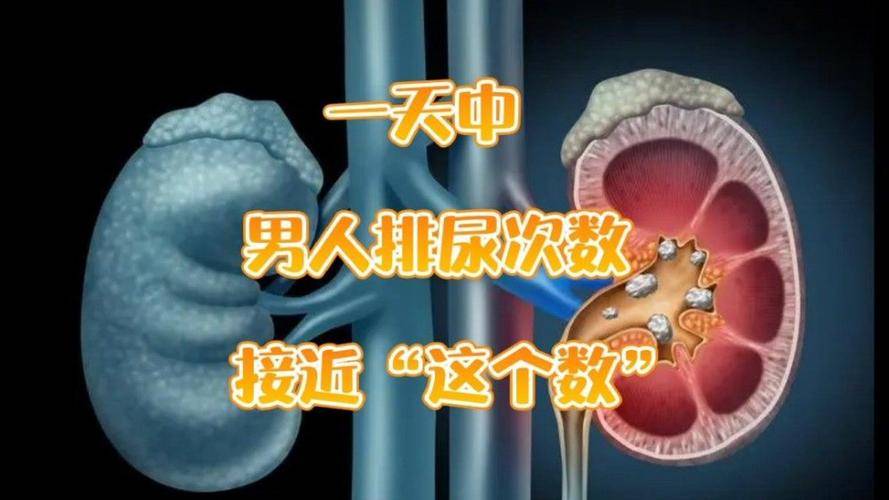Uremia is the late stage of acute or chronic kidney failure, usually referring to stages 4 and 5 of chronic kidney failure.
Patients’ kidneys fail to function normally, resulting in abnormal water, electrolyte, acid-base balance, endocrine disorders in the liver, leading to the accumulation of metabolic end products and toxic substances in the body, thereby manifesting as signs and a series of symptoms, known as uremia.
For men, the kidneys are vital organs. Men can only maintain good health if their kidneys are healthy. A healthy body can better eliminate waste toxins from the body, ensuring the normal operation of organs.
If men show abnormalities, waste toxins can accumulate in the body, leading to reduced urine output. What is the normal amount of urine a man should pass in a day? Let’s find out.
What is the normal amount of urine for a healthy person in a day?
Kidney patients may exhibit abnormal urine output. By monitoring urine volume, one can ascertain whether the kidneys are functioning normally. What is the normal frequency of urination for a healthy individual?
Typically, a normal person excretes between 1000-2000ml of urine daily. Compared to women, men tend to produce slightly more urine, averaging around 1500ml, with a minimum output of 500ml. Daily water metabolism requires 500ml of water to be excreted. Factors such as exercise intensity, water intake, sweating, weather conditions, etc., influence urine output, affecting the frequency of urination. Drinking more water can increase urine output, while drinking less gradually reduces urine volume.
Based on urine volume, experts categorize into three stages. Urinating over 2500ml daily is termed polyuria, below 400ml is oliguria. Urinating less can cause kidney problems, potentially leading to uremia.
If uremia is present, in addition to reduced urine output, it exhibits the following characteristics.
1. Edema in certain parts of the body
Uremia not only reduces urine output but also retains urine in the body, leading to edema. Edema commonly occurs in areas such as the face, ankles, eyes, and fingers.
Facial edema is easily noticeable. The most significant difference between edema and obesity is that lightly pressing the facial skin for a few seconds will gradually recover from mild swelling. If left untreated for a long time, the symptoms of edema worsen, indicating the progression of uremia.
2. Yellowish complexion and itching
During uremia, kidney function shows more abnormalities, hindering normal waste elimination, causing abnormal skin conditions. The skin may itch, and as kidney function deteriorates, the skin gradually turns yellowish.
3. High blood pressure
Kidneys regulate sodium and electrolyte balance. If kidneys are impaired, this balance is disrupted, leading to electrolyte imbalance. This can affect blood pressure stability, raising the risk significantly and potentially causing severe cardiovascular issues on a compromised kidney foundation.
The more severe the hypertension, the greater the impact on kidney health. With time, blood pressure may rise easily. It is advisable to seek medical attention to assess if kidney problems are affecting health.
4. Presence of foamy urine
Failure to observe post-urination urine is a bad habit, as urine can be indicative of kidney health. While not definitive, it can raise awareness. Visible foam in urine, particularly if the bubbles persist, is a prominent symptom of proteinuria. Proteinuria indicates kidney damage.
Conclusion: Presumably, we have all come to understand our kidney health through this article. The early stages of uremia may go unnoticed, potentially delaying treatment. Therefore, if experiencing edema, loss of appetite, reduced urine output, it is advised to promptly seek medical assessment to mitigate the risks of uremia.


